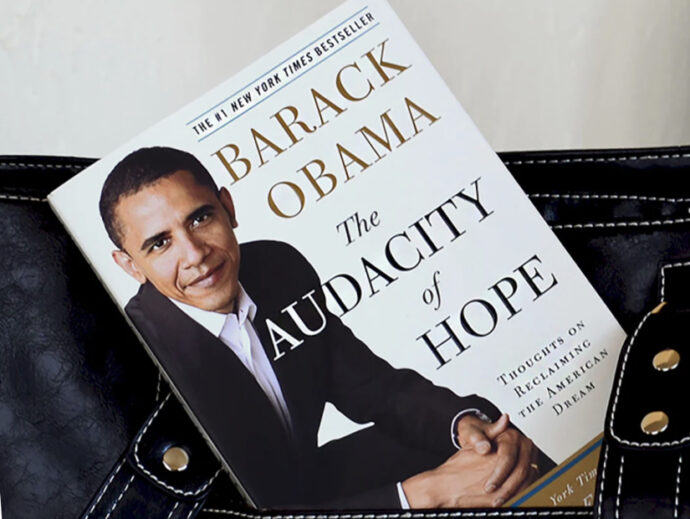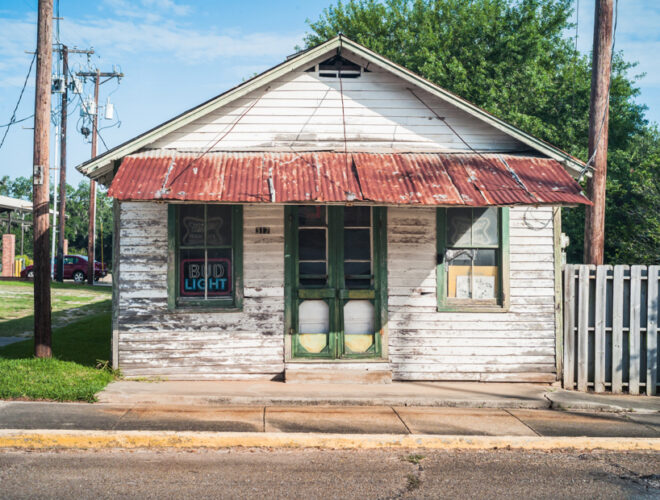
Kortni’s Kitchen: English Scones
My husband traveled back to his childhood home recently, and while there he ate an English scone. My husband is my biggest supporter when it comes to my cooking, and my scone recipe is one of his all-time favorites. While my husband was away though, he ate this English scone and said it may be better than my American scone. With that statement, I decided to make a English scone to see if I could win his favor back. Some of you may not know that English scones are more like our American biscuits. Mary Berry is a judge for the show The Great British Bake Off, and after I researched her a little more I trust her recipes.
Ingredients: Mary Berry
- 250g/9 oz self-rising flour
- 1 rounded tsp baking powder
- 40g/1½ oz softened butter
- 25g/1 oz caster sugar
- 1 large free-range egg
- about 100ml/3½ fl oz milk
Directions:
1. Preheat the oven to 220C/425F/Gas 7 (200C Fan).

Kortni’s Kitchen: English Scones
- As you can see from the above picture, my first batch did not turn out right. If this ever happens, it is most likely because you added too much flour. That’s what I did. I just dumped all the ingredients together the first time around, and it was way too much liquid which I combatted with way too much flour. This makes anything taste like paste.

Kortni’s Kitchen: English Scones
2. Put the flour and baking powder into a large bowl. Add the butter and rub it in with your fingertips until the mixture resembles fine breadcrumbs. Stir in the sugar.

Kortni’s Kitchen: English Scones
- Caster sugar is the consistency in between sugar and powdered sugar. In order to do this (since finding caster sugar is hard sometimes), you can just make it. I put sugar into a bag and took my rolling pin to it until it was broken down. As you can see from the picture above, these are the three types of sugar (left: sugar cane, middle: caster sugar, right: powdered sugar).
3. Beat the egg in a measuring jug. Make up to 100ml/3½ fl oz with the milk, then set aside a tablespoon for glazing the scones later.

Kortni’s Kitchen: English Scones
4. Gradually add the egg and milk to the dry ingredients, stirring it in until you have a soft, slightly sticky dough.
- When you add the liquid, do it a little at a time, mixing the dough until you get a consistency you can roll out. I had a good 2 TBS left of the liquid to paint over the scones before I baked them.
5. Turn the mixture out onto a lightly floured surface and pat out until it is about 2cm/¾ inch thick. Use a 4cm/1½ inch fluted cutter to stamp out the scones. Make sure you don’t twist the cutter, or the scones will not rise evenly.

Kortni’s Kitchen: English Scones
6. Gently gather the trimmings together and pat out again to cut more scones. Arrange the scones on the greased baking trays and brush the tops with the remaining milk.

Kortni’s Kitchen: English Scones
- Make sure when you cut out the scones you don’t twist the cutter. You can see all the layers in the raw scone above: that’s from not twisting. This will help the scones to rise. If you twist the scones, the layers get all smushed together and they won’t get any bigger.
8. Bake for 8-10 minutes or until well risen and golden-brown. Transfer to a wire rack to cool.
9. To serve, cut each scone in half and top with strawberry jam and clotted or whipped cream.

Kortni’s Kitchen: English Scones
In the end, these English scones taste more like an American biscuit. Just add a little jam or butter and you are good to go. You can even add ingredients like nuts to give it a little more flavor. Though they are pretty plain in flavor, if you do them right then they aren’t bad, just different than what we know as a scone. Though there are a lot of differences between English scones and American scones, that doesn’t mean one is better than the other. If you want to know more about these scones, Cooks Illustrated has a great article you can read.
*




